1. First, in Oppenheimer, in order to recreate the Trinity nuclear test explosion, Christopher Nolan didn't want to use CGI. So, the special effects team built a tower, which included "about 60 gallons of gasoline with some high explosives." They detonated the gasoline, then set off a rig with aluminum powder "for some bright flash." Then, the mortar at the bottom was detonated, which was made up of gasoline, diesel, and black powder, which created the mushroom cloud.
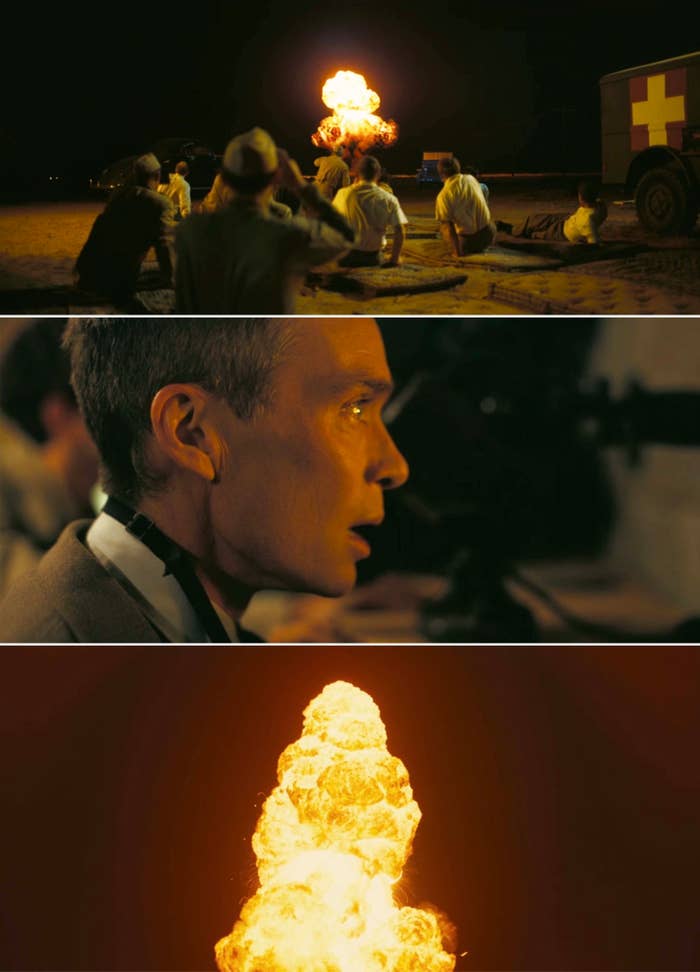
Universal Pictures
Special effects supervisor Scott Fisher detailed how each of these explosive devices were detonated within less than a second of each other to give the effect of one big, atomic bomb explosion on camera. They were able to repeat this process a few times so they could film it from various angles.
2. Also in Oppenheimer, the production team recreated Los Alamos on a 21,000-acre ranch in New Mexico. Originally, production designer Ruth De Jong mapped out how to build the entirety of Los Alamos for the film, but it proved to be too expensive. So, the scenes were filmed using a mix of exteriors that were built and the interiors at the real Los Alamos.
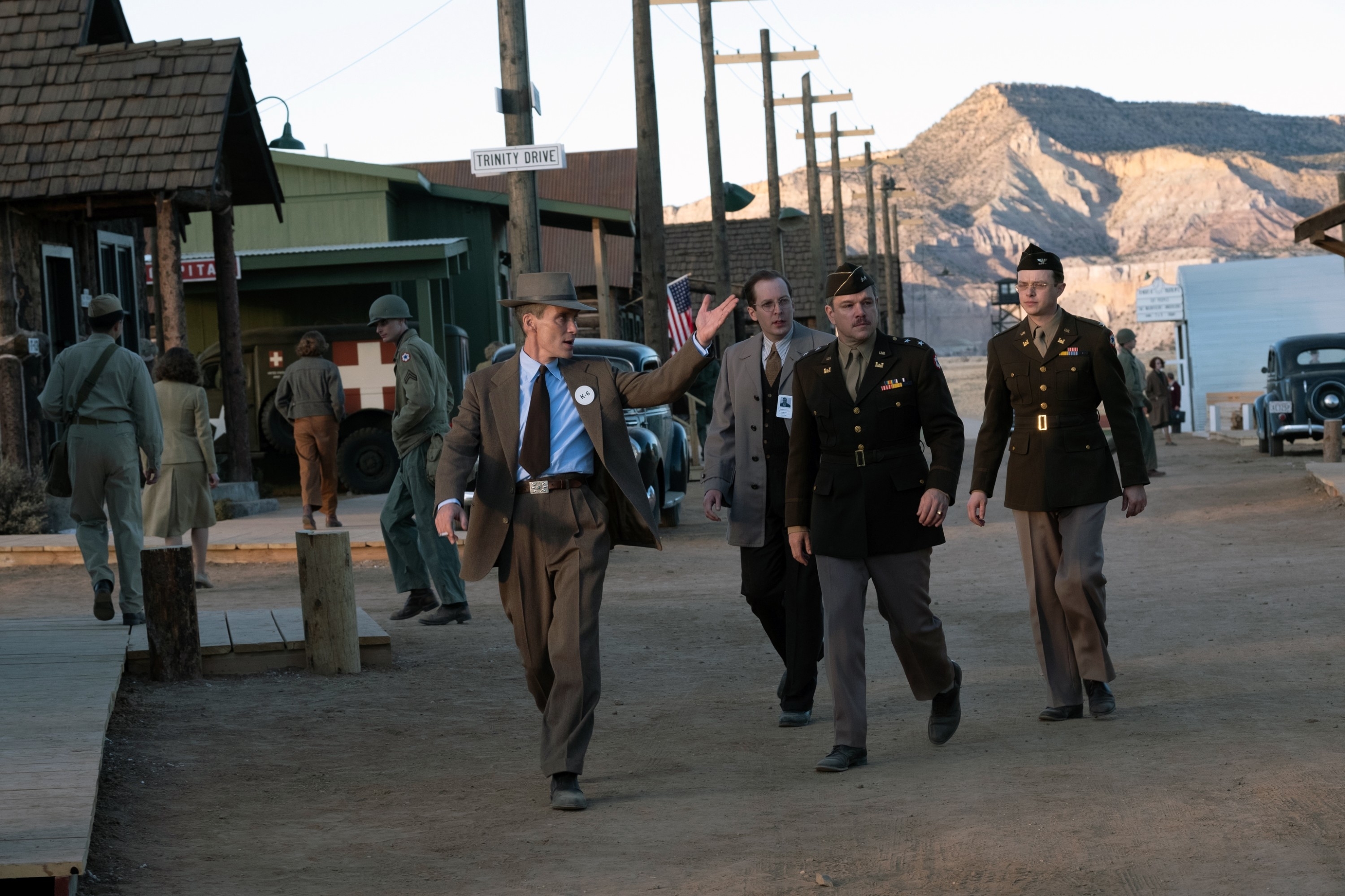
Melinda Sue Gordon / Universal Pictures / Everett Collection
Combining the exterior sets with the real interiors allowed the actors to be fully immersed in the world and time period. "It really impacted them and put them in a great mindset. We wanted to transport them back in time," Ruth recalled.
Hot Topic
The Oscars have finally arrived! Keep up with the losers, winners, and best dressed celebs right here.
Check out our Oscars coverage
3. In Barbie, the memorable moment when Barbie takes off her shoes for the first time and we see her arched feet was accomplished by having Margot Robbie walk up, her shoes would stick to double-sided tape on the floor, and then she was holding a bar positioned off camera so she could arch her feet. She said it took "probably about eight takes" to accomplish.
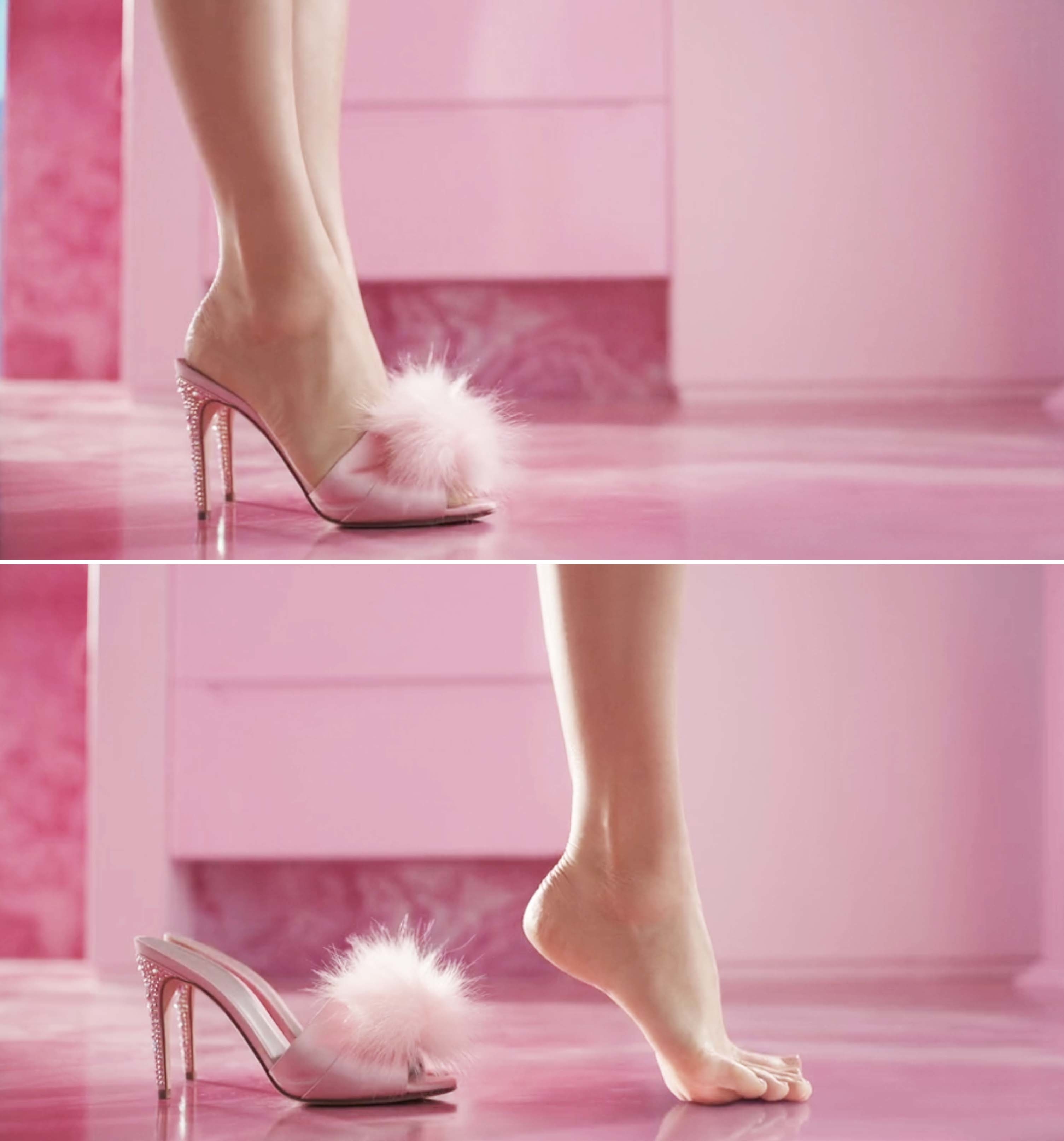
Warner Bros
She explained, "And I was holding on to, like, a bar. I wasn't [in] a harness or anything like that. I just walked up, kind of held on to the bar above camera."
4. Also in Barbie, when Barbie, Ken, Gloria, Sasha, and the Mattel employees travel back and forth from Barbie Land to the Real World and vice versa, the transition montages were all filmed practically using old-school movie magic and not CGI. Barbie elected to build the sets and backdrops, which helped give the two-dimensional feeling that's seen in the finished scenes.
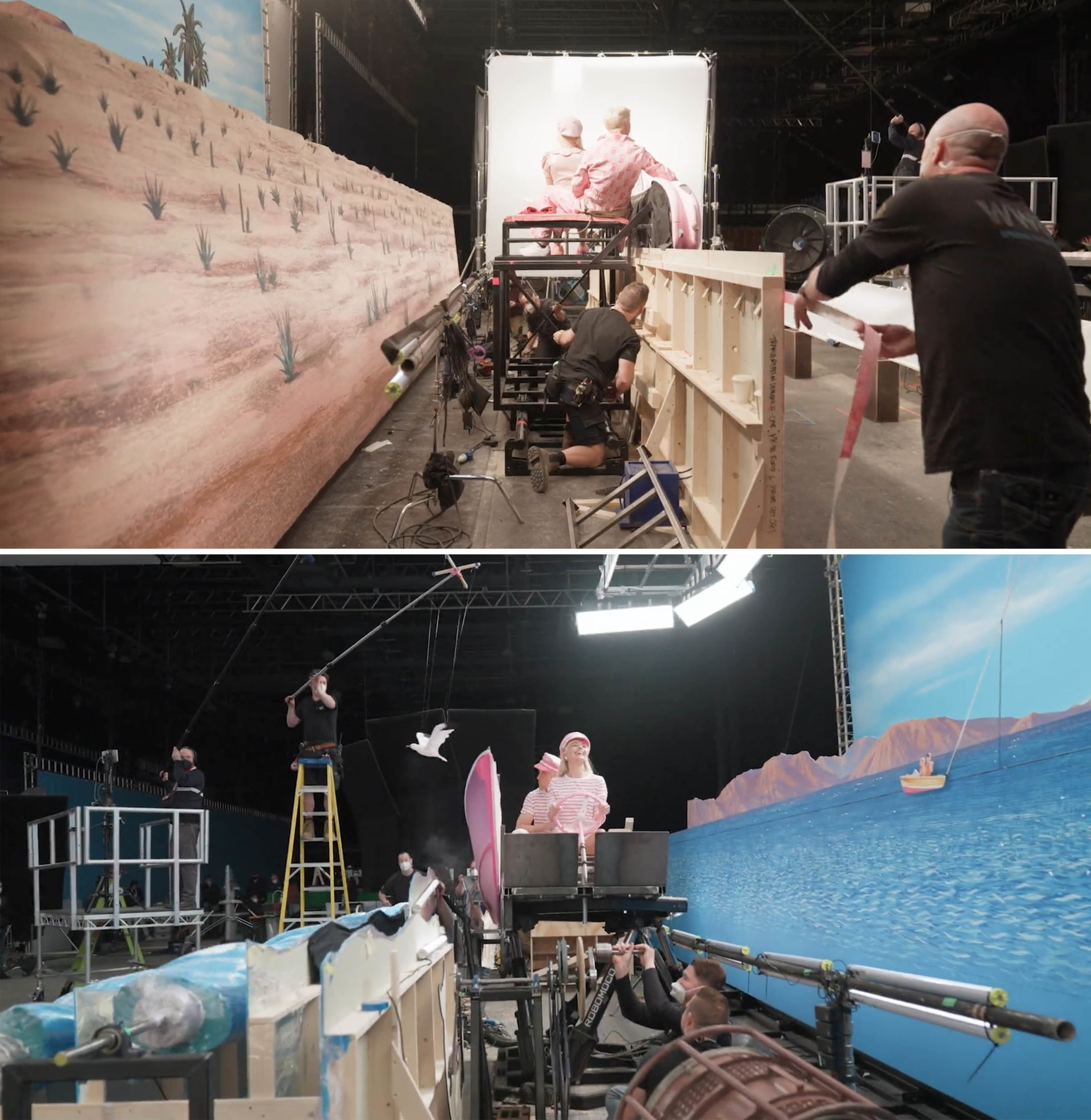
Warner Bros / Via Twitter: @barbiethemovie
Greta Gerwig said that the movie was inspired by a ton of classic soundstage musicals from the 1950s, which is why everything that could be built or accomplished on a soundstage was. There are also homages to Singin' in the Rain, The Wizard of Oz, and more seen throughout the movie.
5. For Poor Things, the cast rehearsed together for three weeks before filming began. They played theater games together, hung out, and learned to trust each other, so by the time filming started, they were very comfortable together, according to Emma Stone. This time period is also when Emma and director Yorgos Lanthimos experimented and found Bella Baxter's walk.
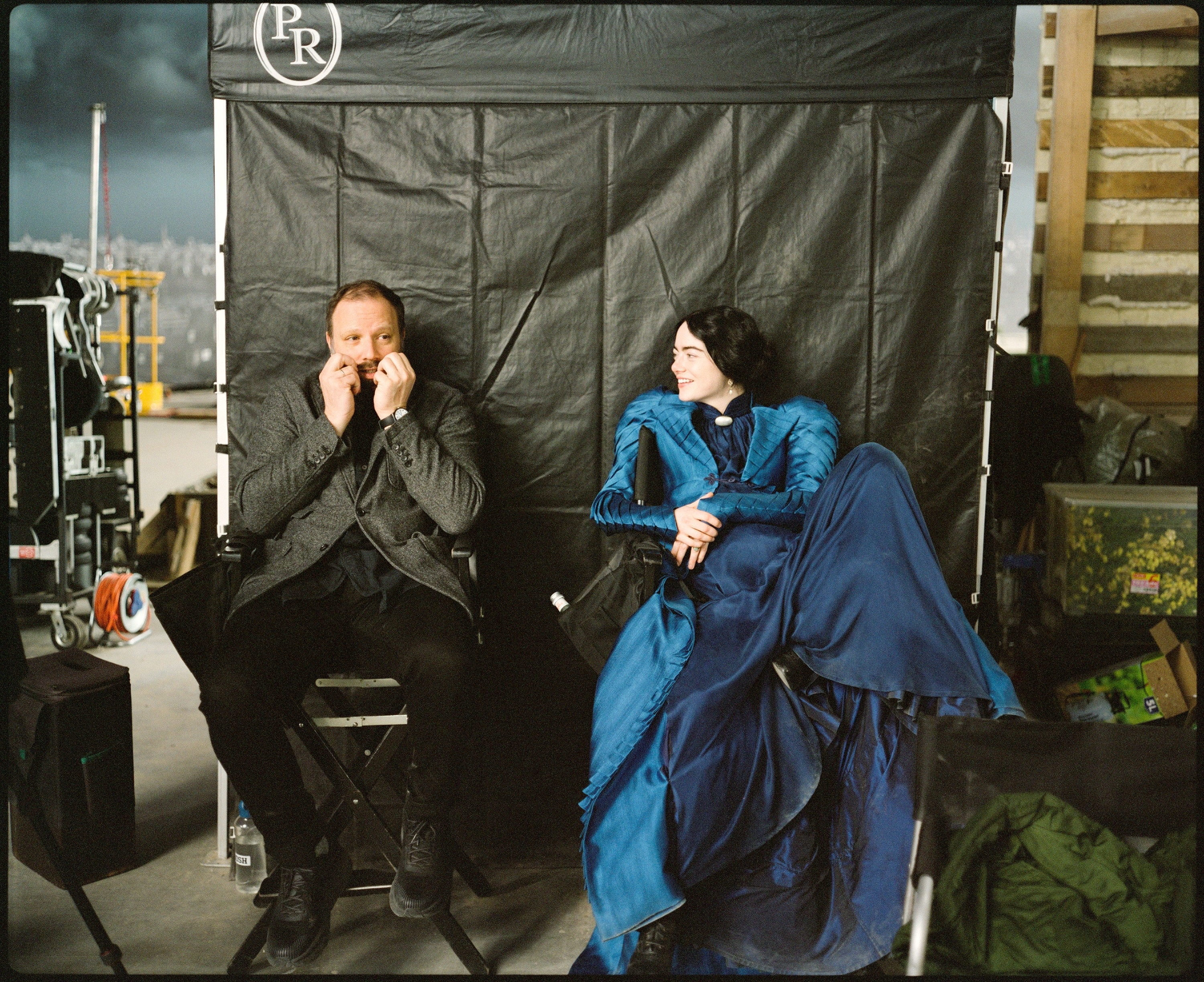
Atsushi Nishijima / Searchlight Pictures / Everett Collection
"We'd sort of go and have walking rehearsals for, like, a couple of hours," Emma began. "And we created stages. So it was stage one to five because at the beginning of the film, we're [filming at Dr. Goodwin Baxter's home] that was only stage one and five, and we hadn't shot the middle yet. All of that we sort of mapped out."
6. Also in Poor Things, Bella Baxter's now iconic hair was a combination of Emma's dyed jet-black hair and extensions because Bella's hair "grows at a rapid pace throughout the film." At her hair's longest, hair, makeup, and prosthetics designer Nadia Stacey said she added "42 inches" of extensions.
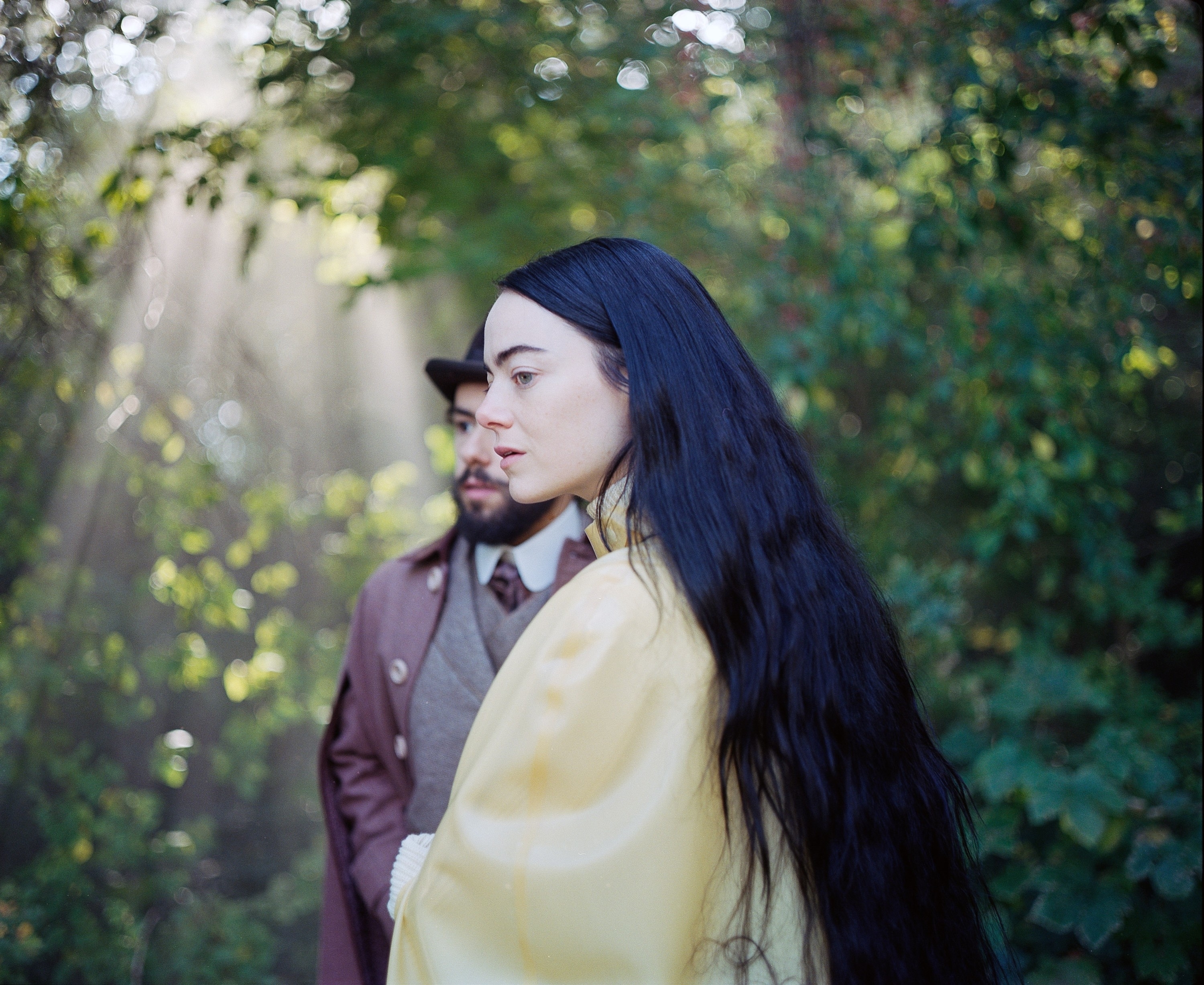
Searchlight Pictures / Everett Collection
In terms of the wardrobe, Bella starts being dressed as if she's a baby or child, notably like she's being dressed by Mrs. Prim, Dr. Godwin Baxter's maid. By the time we reach the end of the film, she's swapped styles a few times, eventually wearing darker clothing. The only connection between her early wardrobe and what we see at the end is her huge sleeves and "big shoulders," which are usually "associated with the ideal male body," according to costume designer Holly Waddington.
7. The Holdovers marks Dominic Sessa's first professional acting role, and he found out he had been cast while he was a high school senior at Deerfield Academy. In fact, portions of The Holdovers were filmed at Deerfield Academy in Massachusetts, so Dominic returned to his high school to film his first big movie during the school's spring break.

Focus Features / Everett Collection
Speaking about returning to his school, Dominic said his dorm wasn't like he left it. He said, “Some of my friends on my hall sort of converted it while I was gone. My room became a big bedroom, and then my other friend’s room became a kitchen and a gaming room."
8. Also in The Holdovers, Da'Vine Joy Randolph created "a look book with more than 200 images of women's hairstyles from the time" while preparing to play Mary. Notably, she took inspiration from The Jeffersons, namely Weezy Jefferson, and Helen Willis. Da'Vine also worked extensively with dialect coach Thom Jones to perfect her Boston accent.
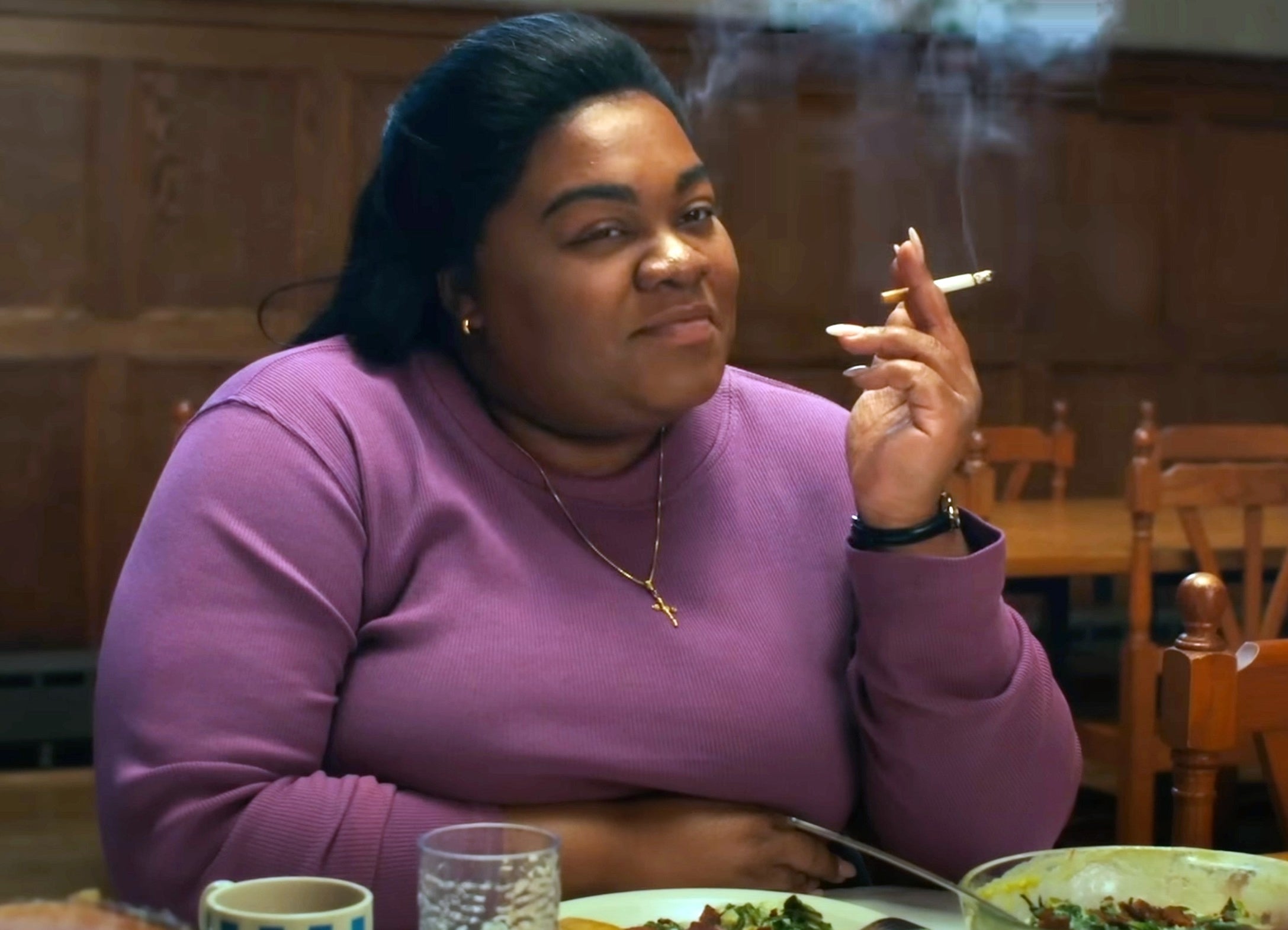
Focus Features / Everett Collection
Speaking about her Boston accent in The Holdovers, Da'Vine added, "On top of it, being a Black woman in Boston during that time, Black people spoke in a different melodious way than white people did at that time."
9. In Anatomy of a Fall, Messi, the Border Collie who plays Snoop, trained for two months prior to filming to be able to convincingly depict the scene where Snoop is catatonic. While Messi already knew how to play dead before being cast, he had to work with trainers to perfect how to continue playing while being carried.
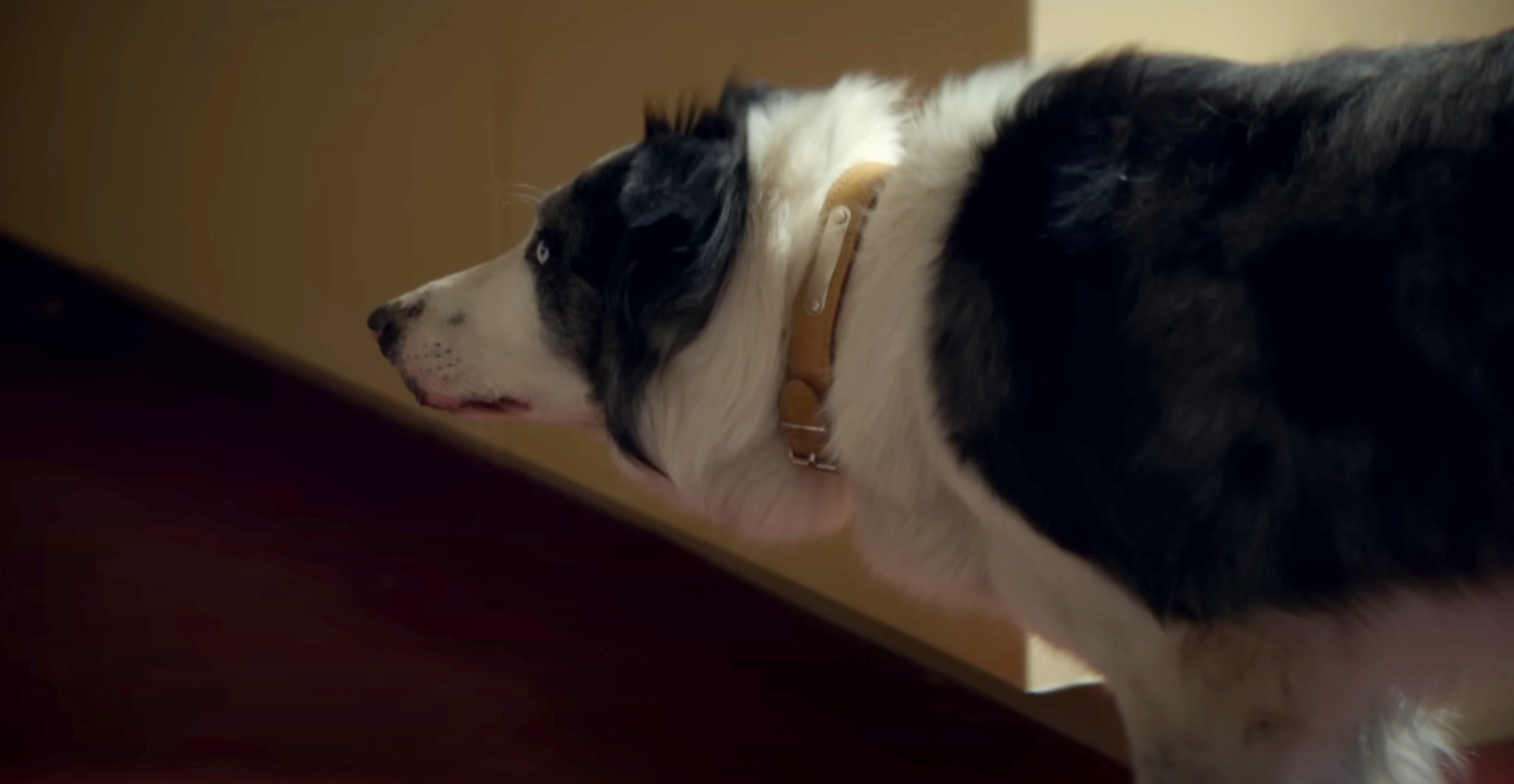
Neon / Everett Collection
Messi's owner and trainer, Laura Martin Contini, explained, "This was something I added over time by working every day. It started on the bed, and it was just how much disturbance was this dog going to be able to withstand whilst remaining limp." Messi also trained how to act as a service dog for a visually impaired child.
10. Also in Anatomy of a Fall, the use of "P.I.M.P." by 50 Cent wasn't the film's "first choice for the song," according to director and cowriter Justine Triet. Originally, she wanted to use "Jolene" by Dolly Parton, but they couldn't secure the rights.
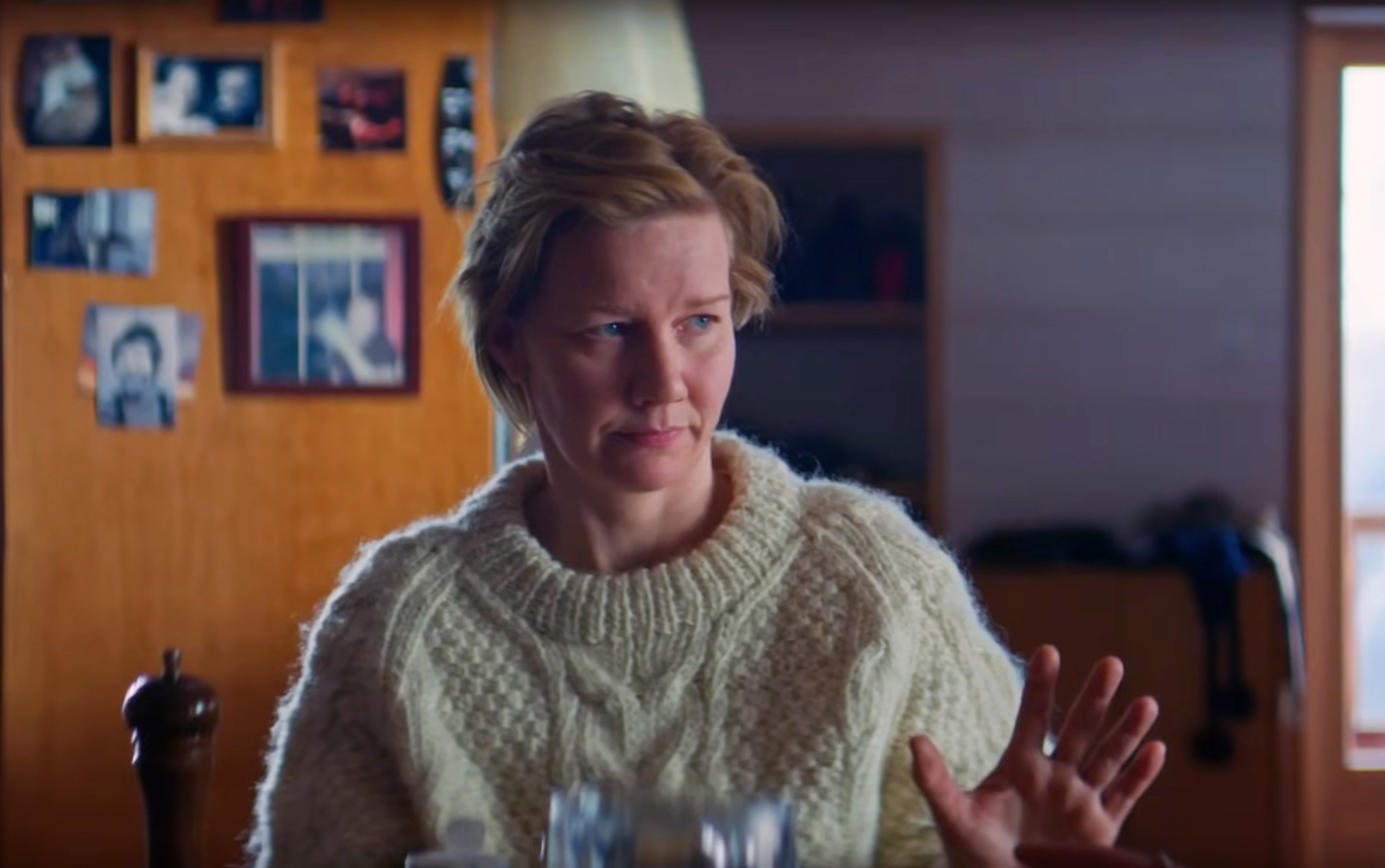
Neon / Everett Collection
"We’d even written specific dialogue for the later courtroom scenes that analyzed the lyrics of that song, like ‘please don’t take my man,’ that we had to get rid of," she added. "P.I.M.P." was found because Justine had a lyric-free version of the song on her computer.
11. And in Anatomy of a Fall, in order to capture the intimacy and importance of the scene between Sandra and Samuel where they argue, Justine Triet explained they filmed with two cameras so as to not "lose any of their energy." The duo are also "never filmed in the same frame" except in the very beginning of the nearly 10-minute scene.
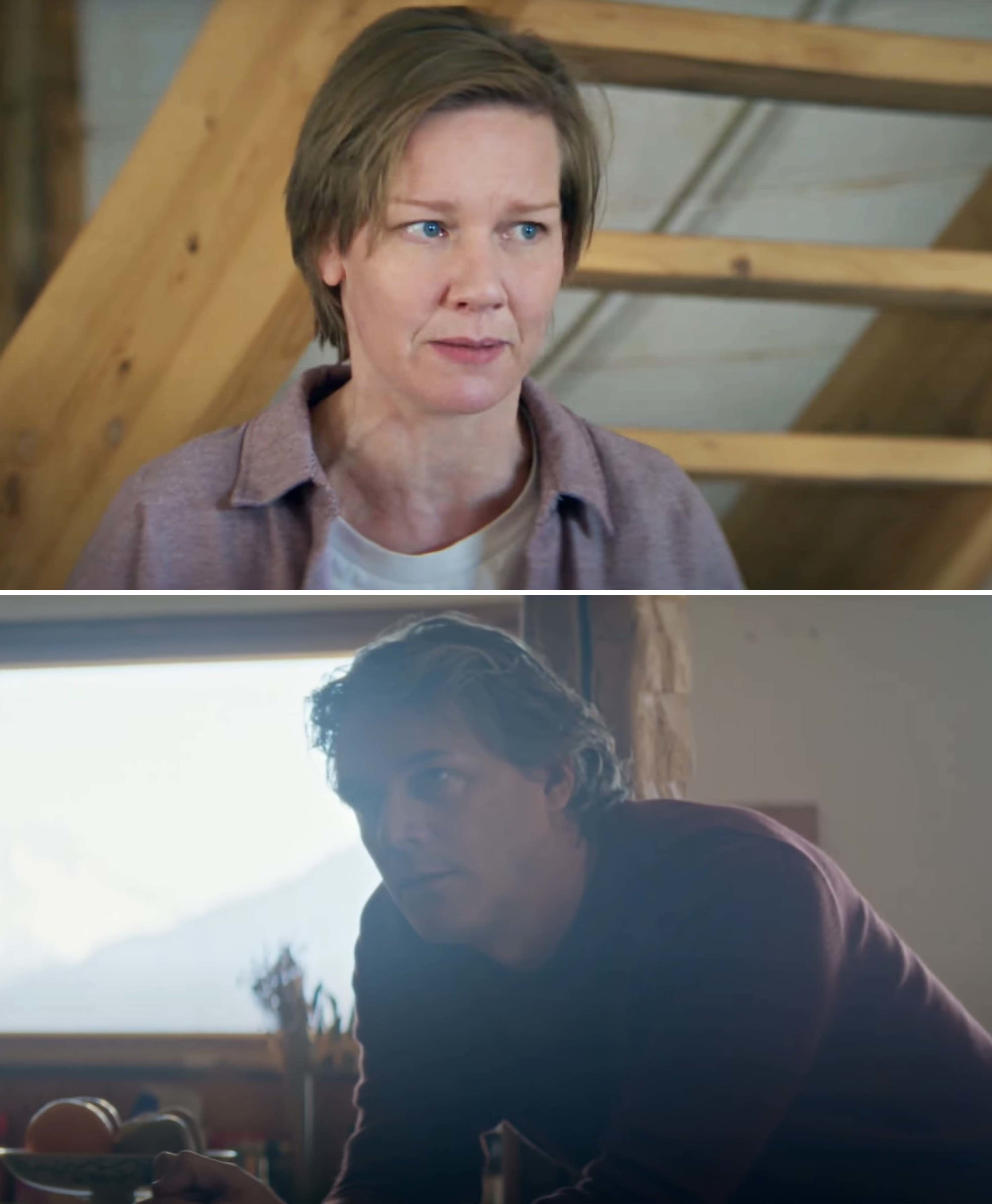
Neon / Via youtu.be
Justine chose to film the scene in the daylight because there was a bigger contrast between "light and violence" this way. She also sees the scene as being dropped into what the people in the courtroom are envisioning as they hear the recording of the fight.
12. The original working title for American Fiction, which was on the script when director and writer Cord Jefferson sent it around, was Fuck. He loved the title but eventually changed it after a producer said when people google, "Fuck movie," this film will not pop up. He came up with the idea of using "American" in the title after reading a poem by Langston Hughes.

MGM / Everett Collection
Erika Alexander, who stars as Coraline, even said when she was sent the script by Cord, the title was still Fuck. She recalled, "The original title page just said, 'Fuck.' I was going to be the girlfriend of Jeffrey Wright in a movie called Fuck? My immediate thought was, 'This is my 9½ Weeks.' I could see the blue light coming in the window. I was like, I’m going to have to take my vitamins and start stretching."
13. Also, Sterling K. Brown, who is nominated for his first Oscar for his work in American Fiction, said he was searching for a role that was very different from Randall Pearson on This Is Us. He explained how his American Fiction character fit this mold, saying, "Cliff was a lovely sort of comedic foil. He's also a person who needs to be dealt with rather than the person who's dealing with everything."
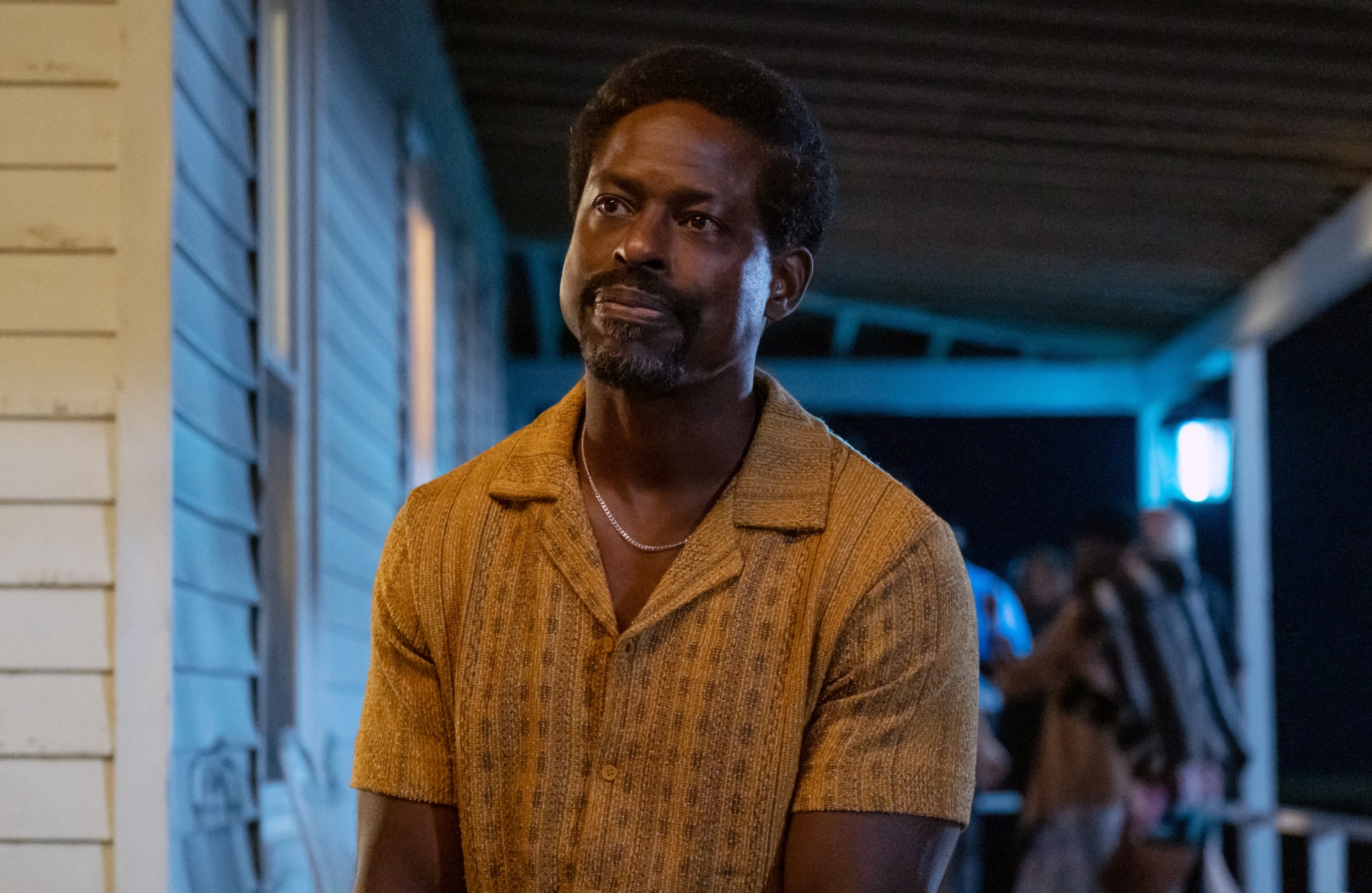
MGM / Everett Collection
He added, "It’s kind of nice to be the dude that has to be dealt with."
14. Killers of the Flower Moon was initially written to be from the point of view of the FBI investigating the Osage County murders, which "had reduced Mollie to [about] three scenes," according to Lily Gladstone. Martin Scorsese and Leonardo DiCaprio, who was originally going to play FBI agent Tom White, realized the story wasn't working with "the approach from the outside in," so they reworked the script with Leo switching roles and playing Mollie's husband.
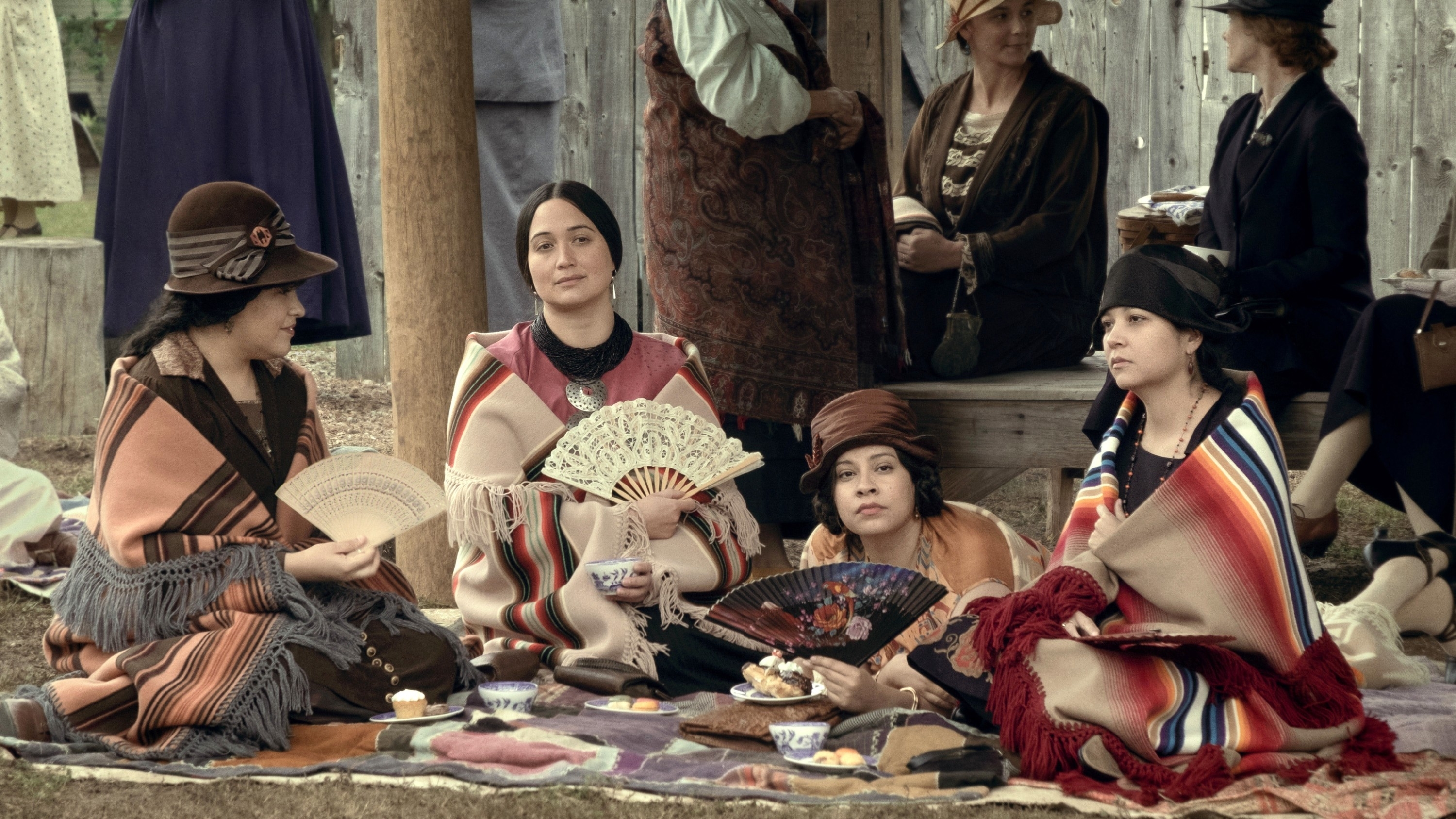
Melinda Sue Gordon / Apple TV+ / Everett Collection
Scorsese explained, "After a certain point, I realized I was making a movie about all the white guys. Meaning I was taking the approach from the outside in, which concerned me." He also added, "I had had meetings and dinners with the Osage, and I thought, 'Well, there’s the story.' The real story, we felt, was not necessarily coming from the outside, with the bureau, but rather from the inside, from Oklahoma." Before the rewrite, Scorsese had spent two years writing Killers of the Flower Moon.
15. Aside from Mollie's costumes in Killers of the Flower Moon, Lily Gladstone said she "found" Mollie in "the language first." She learned how to speak Osage like a native speaker for the film. In fact, Lily eventually asked for some of her scenes that were written in English to be translated into Osage.
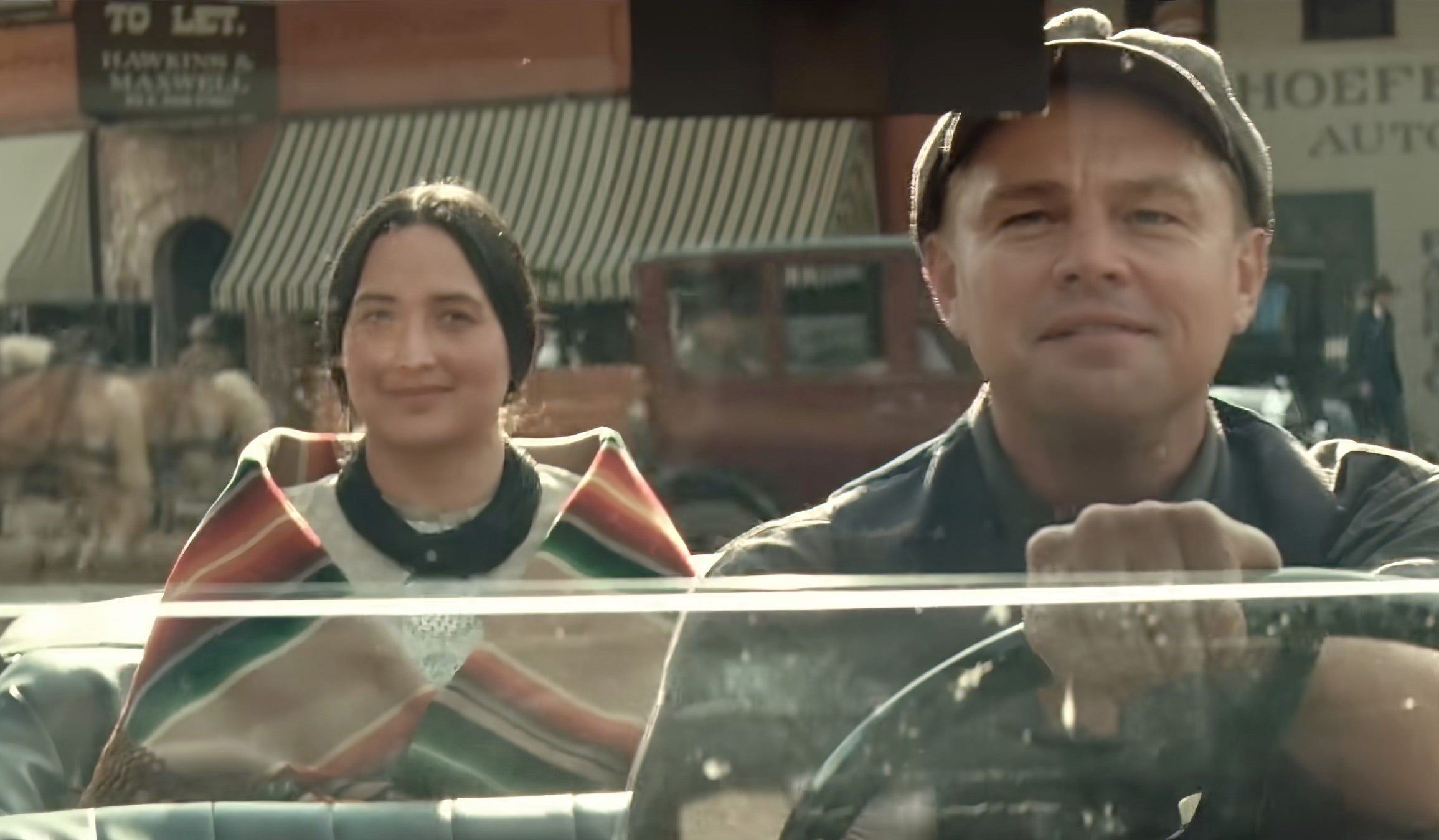
Paramount Pictures / Apple TV+ / Everett Collection
"So, almost all of my dialogue at some point, I spoke in Osage, and that's where I really found Mollie, was in the language first," she explained. "And it took months to get comfortable with it. Osage is a very difficult language. I speak a little bit of Blackfeet language where I grew up, and I grew up hearing that, so that sonic system and those phonemes and everything were familiar to me. But, Osage...I felt so clunky and so robotic, and so stage one with it."
16. In Maestro, Bradley Cooper spent the last six years working with leading conductors Gustavo Dudamel and Yannick Ségui to prepare for the scene when Leonard Bernstein conducts Gustav Mahler's Resurrection Symphony at Ely Cathedral. The scene was filmed in the real cathedral and is "largely in a single, six-minute take." There was a live orchestra, choir, an audience of extras, and Bradley conducted the piece live on camera.
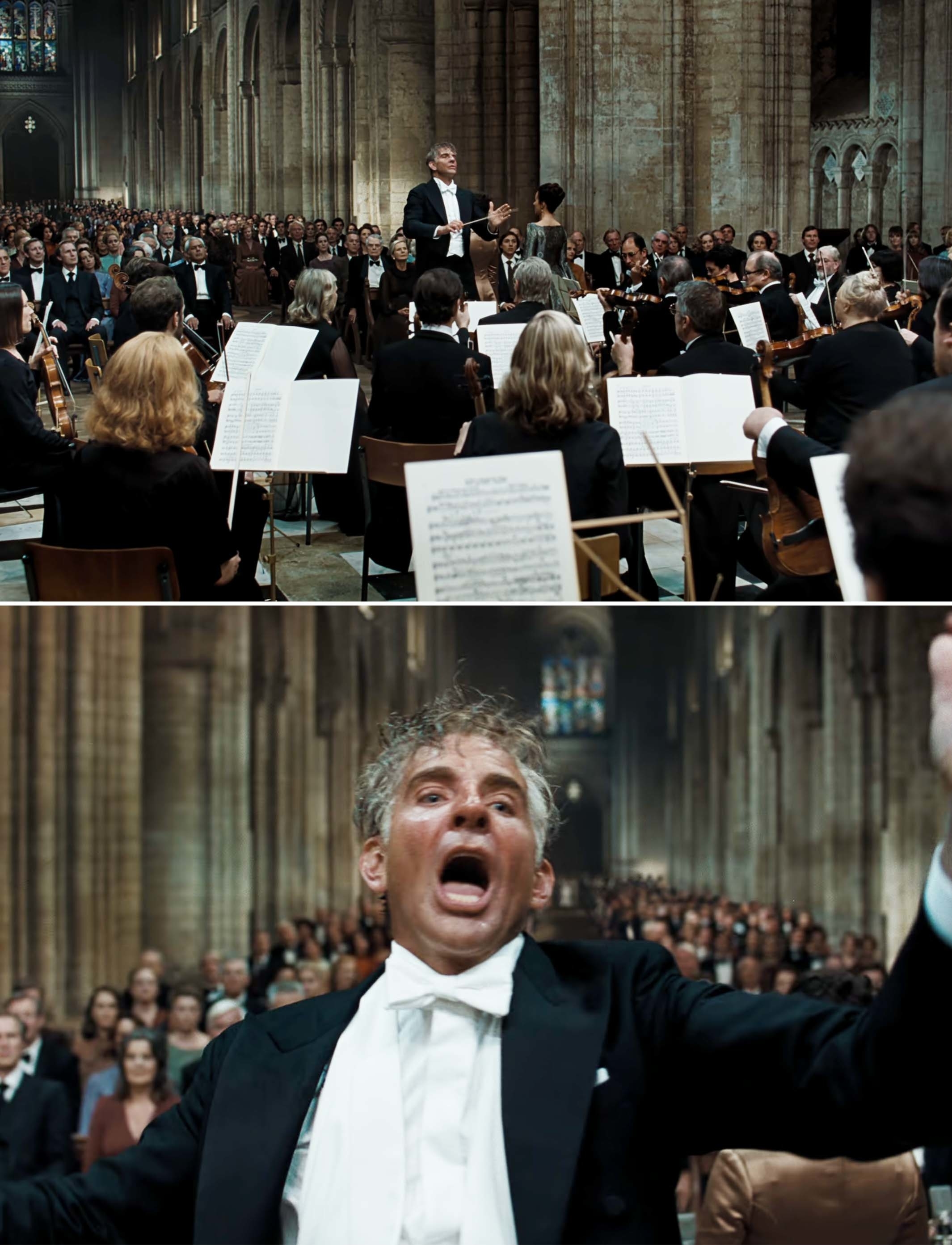
Netflix
After seeing a YouTube video of Bernstein conducting the piece in Ely Cathedral, Bradley knew he wanted this to be "that pillar of the movie." So, he started researching and was able to shadow Gustavo Dudamel when he rehearsed and prepared to conduct the piece with the LA Philharmonic at the Hollywood Bowl.
17. Bradley Cooper first approached Carey Mulligan about playing Felicia Montealegre in Maestro the same night she sustained a head injury while performing on stage in Girls & Boys. Bradley, who was at the show, came backstage to talk to Carey, found her crying on the floor, checked if she was okay, and then rushed her to an urgent care. "We had a kind of dramatic bonding moment, in retrospect," Carey said.
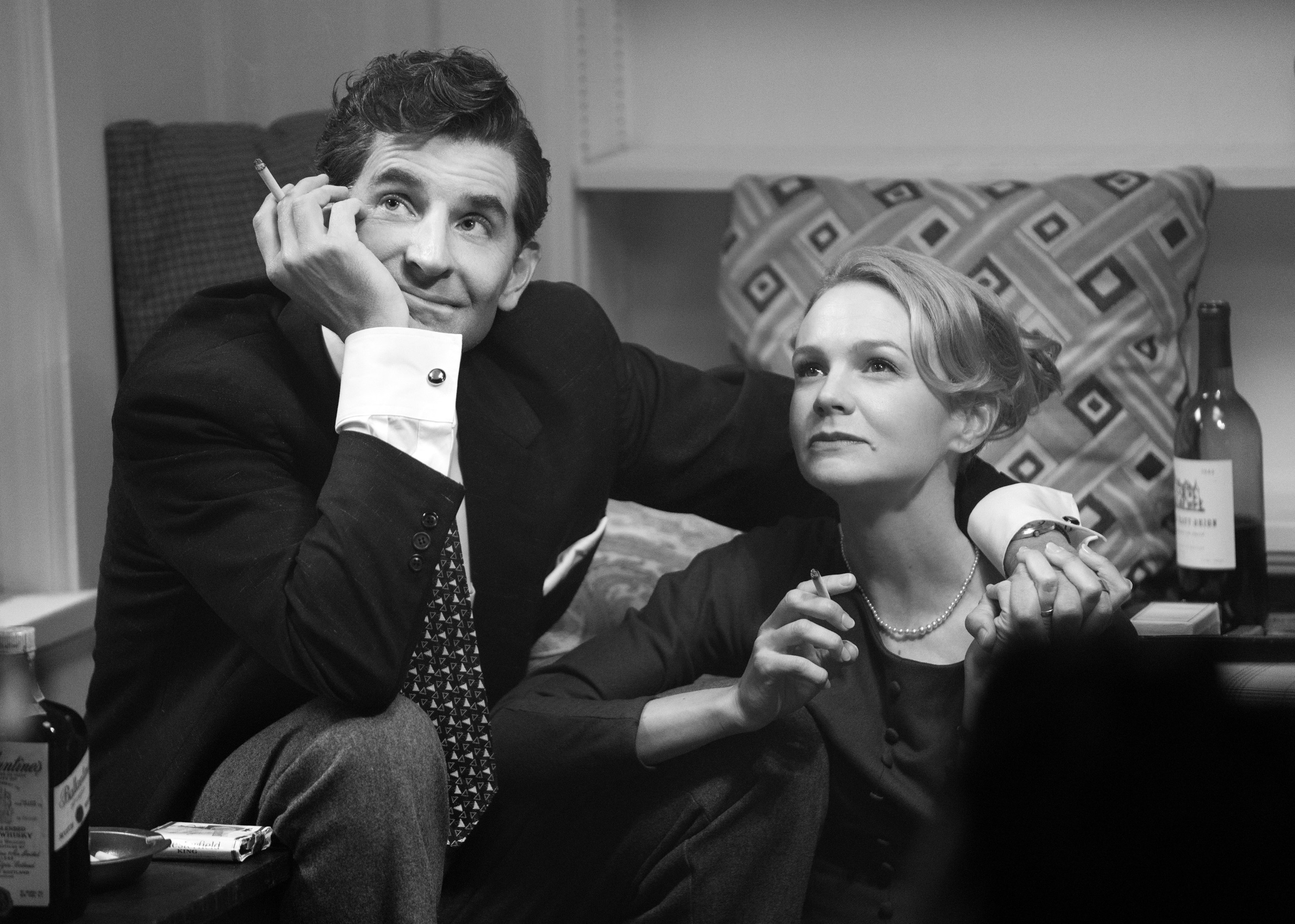
Netflix / Everett Collection
"He found me in pieces," Carey added, when looking back on their first meeting. Speaking about how he knew Carey was right for the role, Bradley said, "[Felicia] just looked so much like Carey and just the way [Carey] spoke and moved, I thought, 'Well, Carey could really inhabit this person.' It was just always so clear right from the beginning." Carey said she signed on to the project "about four years" before they filmed.
18. In Past Lives, although she spoke Korean growing up, Greta Lee was nervous to have to speak the language in the movie. Instead of working with a dialect coach that would give her the "perfect South Korean" accent, she actually worked with Sharon Choi, who is best known for being director Bong Joon-ho's Korean to English translator during the 2019–2020 awards season when Parasite was nominated.
A24 / Everett Collection, Jeff Kravitz / FilmMagic / Getty Images
"The thing with her is she could translate, in the moment, jokes, which to me was something that is required," Greta added. Working with Sharon allowed Greta to show this "whole spectrum of this human experience" that isn't perfect or "flat." She wanted to showcase how when we first hear Nora speak Korean she sounds more like "a white girl," but after hours of talking to Hae Sung, she would sound "more Korean."
19. Also in Past Lives, the final scene where Nora and Hae Sung are standing waiting for his Uber to arrive, he leaves, and she walks back into her life with Arthur, was done in one long, six-minute take. They filmed on location in the East Village in NYC on a Friday night, which was a challenge in itself. Greta Lee and Teo Yoo also never knew when the Uber would actually enter the scene.
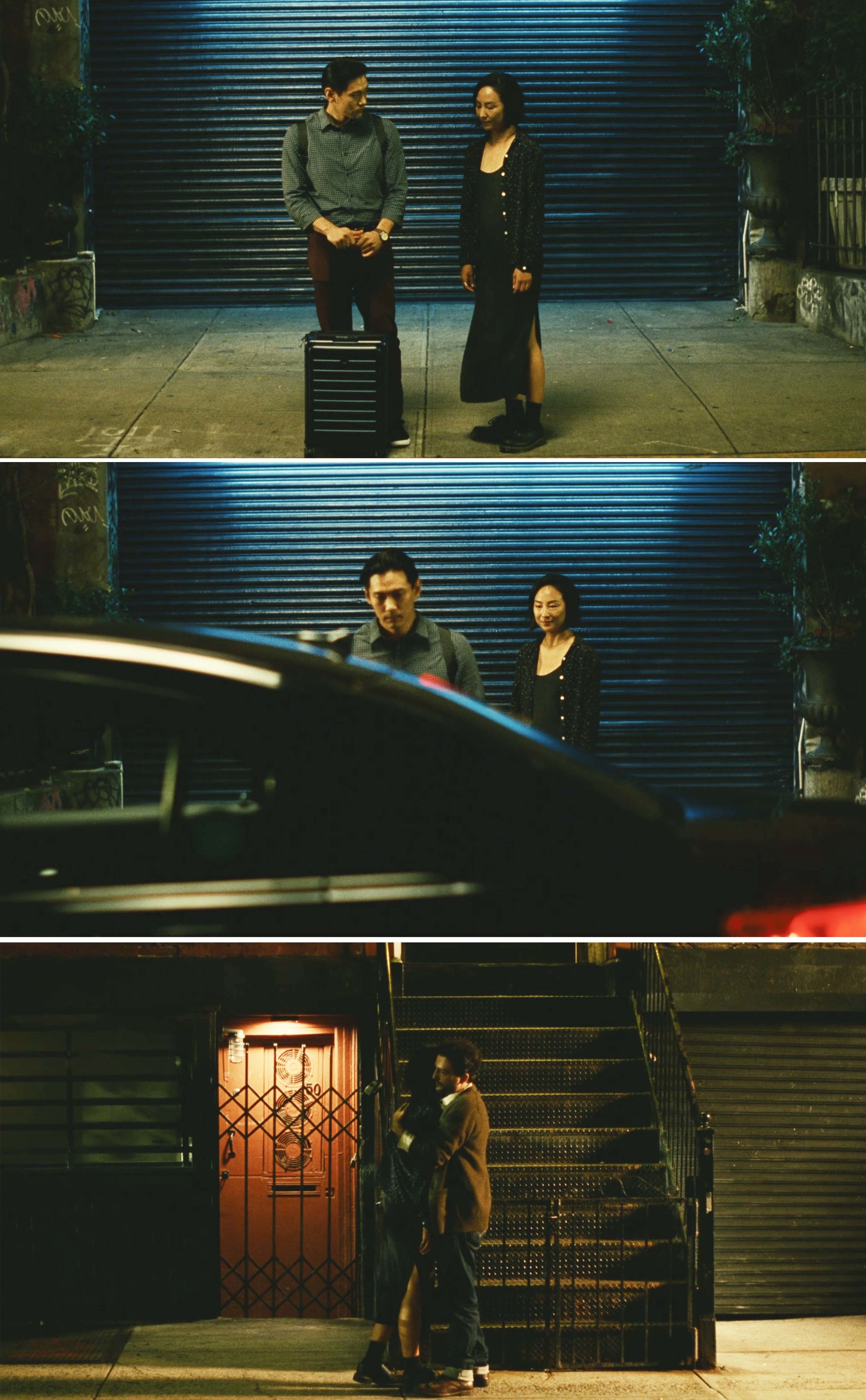
A24
Speaking about the important final scene, director and writer Celine Song, whose real life inspired the movie, said, "I knew that when [Nora] was walking home, she has to cry, but she's not crying for the whole of the film. So this is the moment that she's alone for the first time almost in the film. And she is able to allow herself to grieve like that. That walk is about the grief for the little girl that she never got to grieve. It’s not about, 'Oh my god, I wish I went with with Hae Sung,' it's more about the girl."
20. The Zone of Interest filmed near the Auschwitz concentration camp in Poland, with the Höss house being recreated using a rundown home "just beyond the camp's perimeter wall." The actual home has reportedly been a private residence since the end of the war, so it was not available to use for filming.
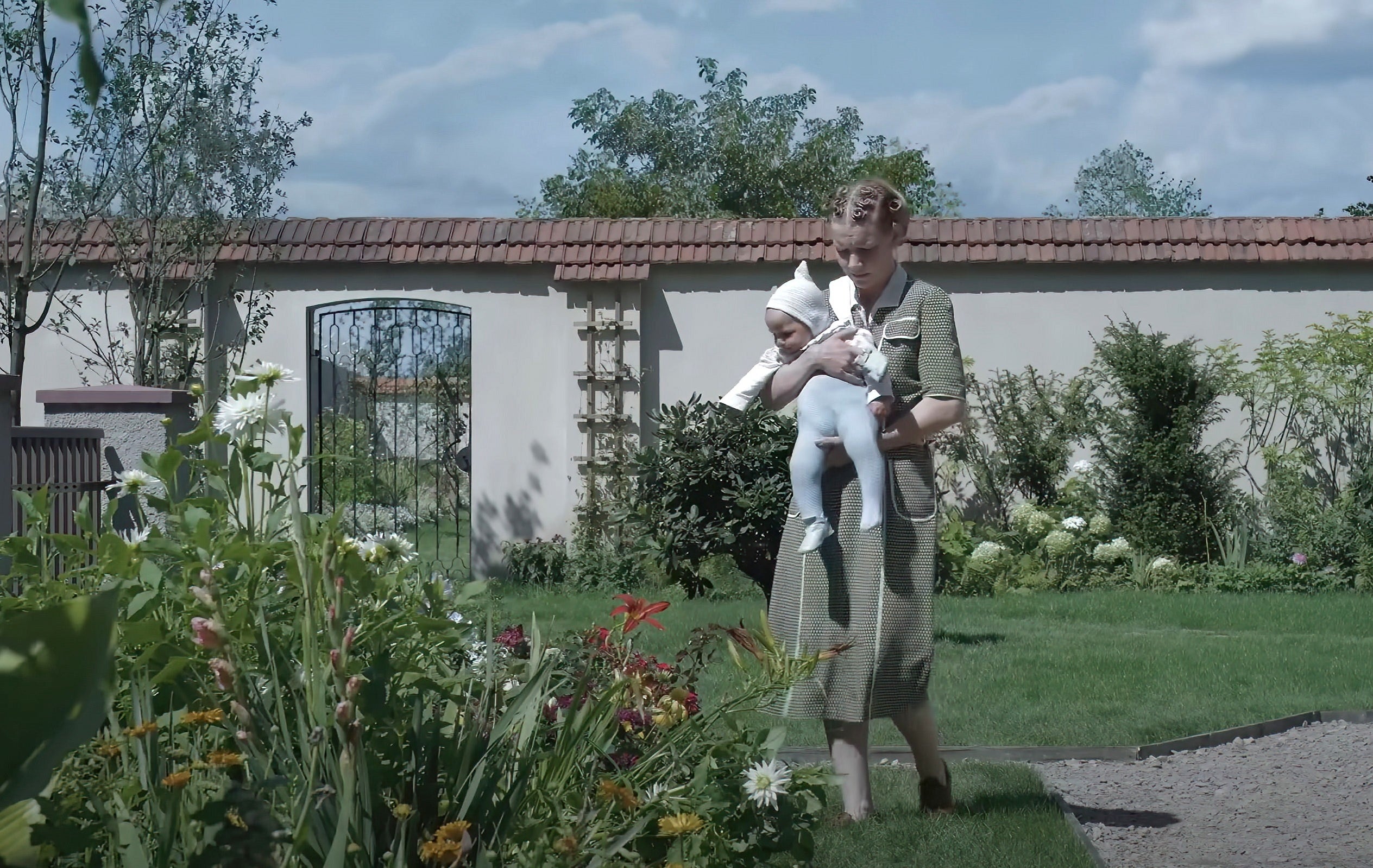
A24 / Everett Collection
Filming took place in the summer of 2021, with the production crew planting the garden in April so everything was flowered by the time filming began.
21. And finally, in The Zone of Interest, director and writer Jonathan Glazer had multiple stationary cameras running simultaneously throughout the Höss house, so the actors had a lot of freedom to improvise. This meant there was limited crew inside, and Jonathan was even outside in "a shipping container decked out with monitors," so he could watch the scenes unfold.

A24 / Everett Collection
"As soon as you put a camera on someone, as soon as you light them, or make a decision about what lens to use, you’re glamorizing them," Jonathan explained. Meanwhile, cinematographer Łukasz Żal was initially told some of his shots were "too beautiful," because he wanted everything to seem "authorless."


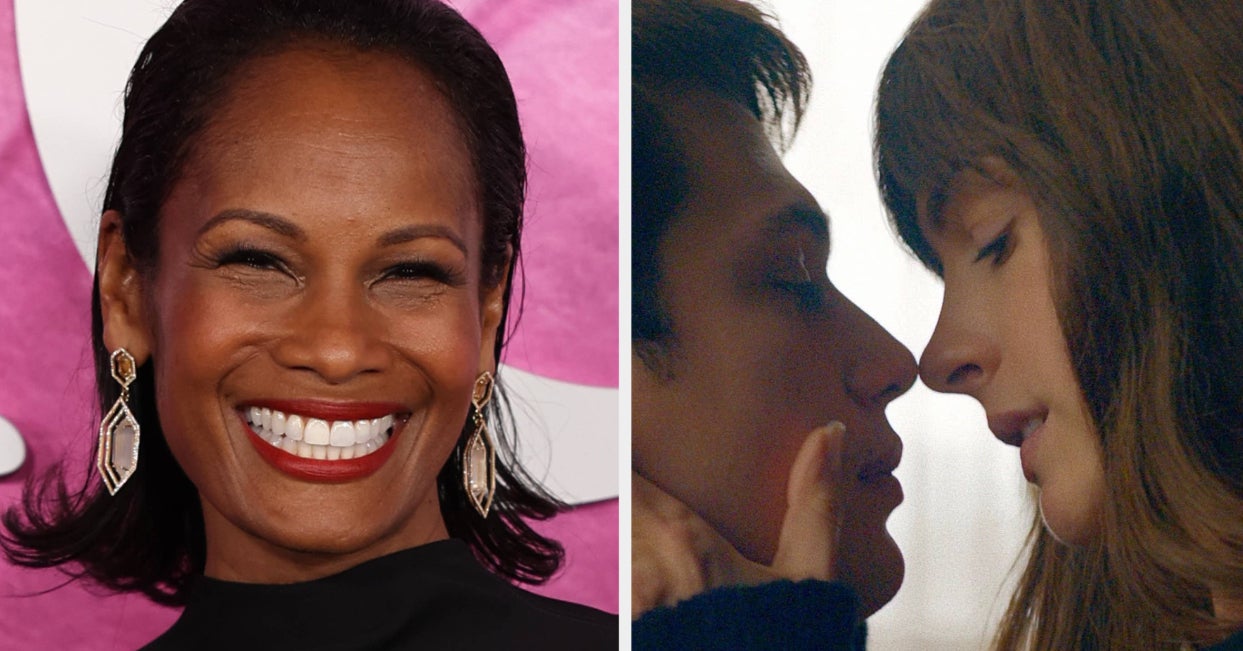
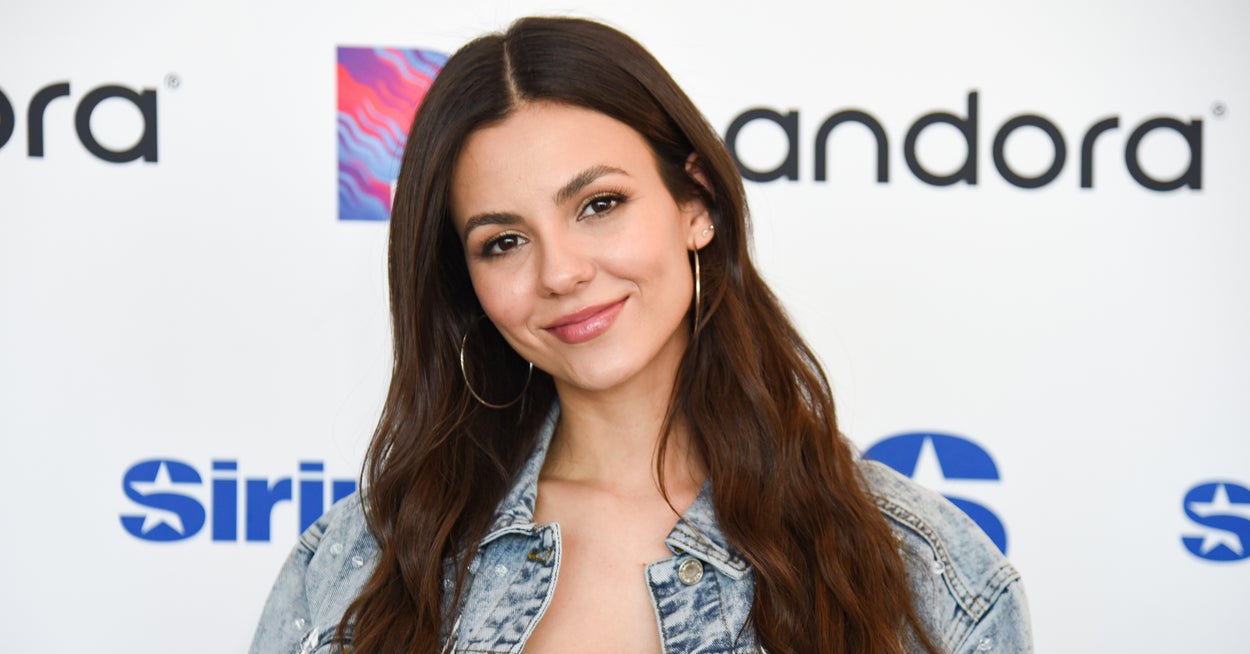



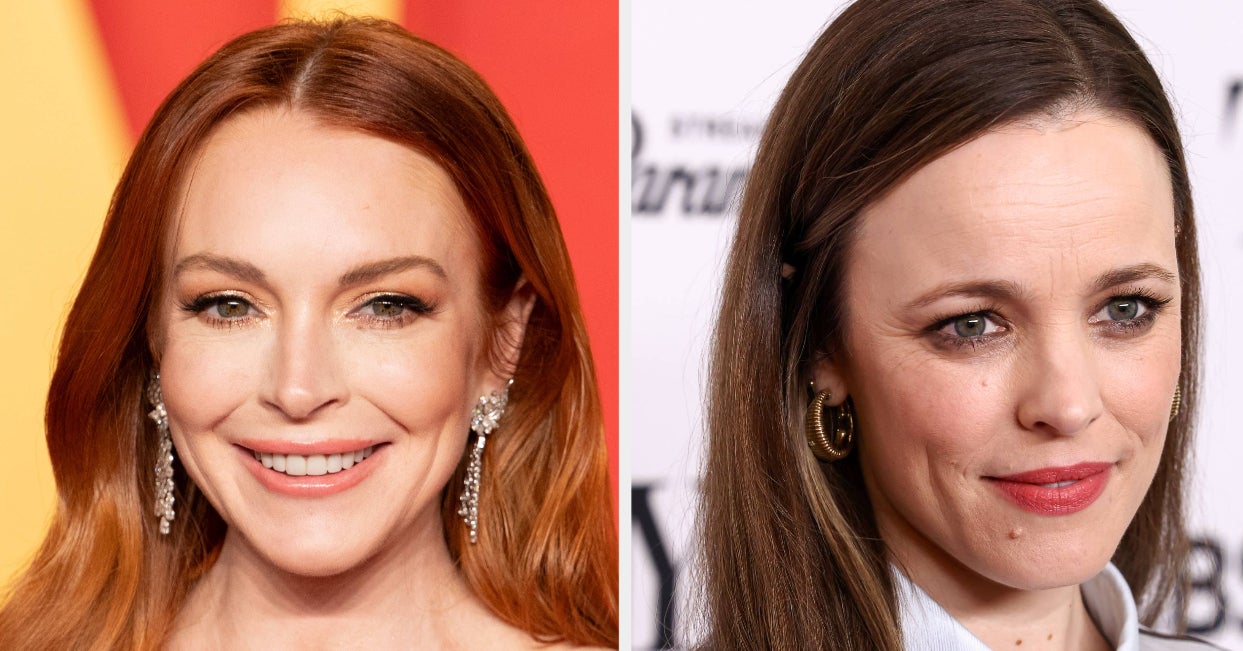

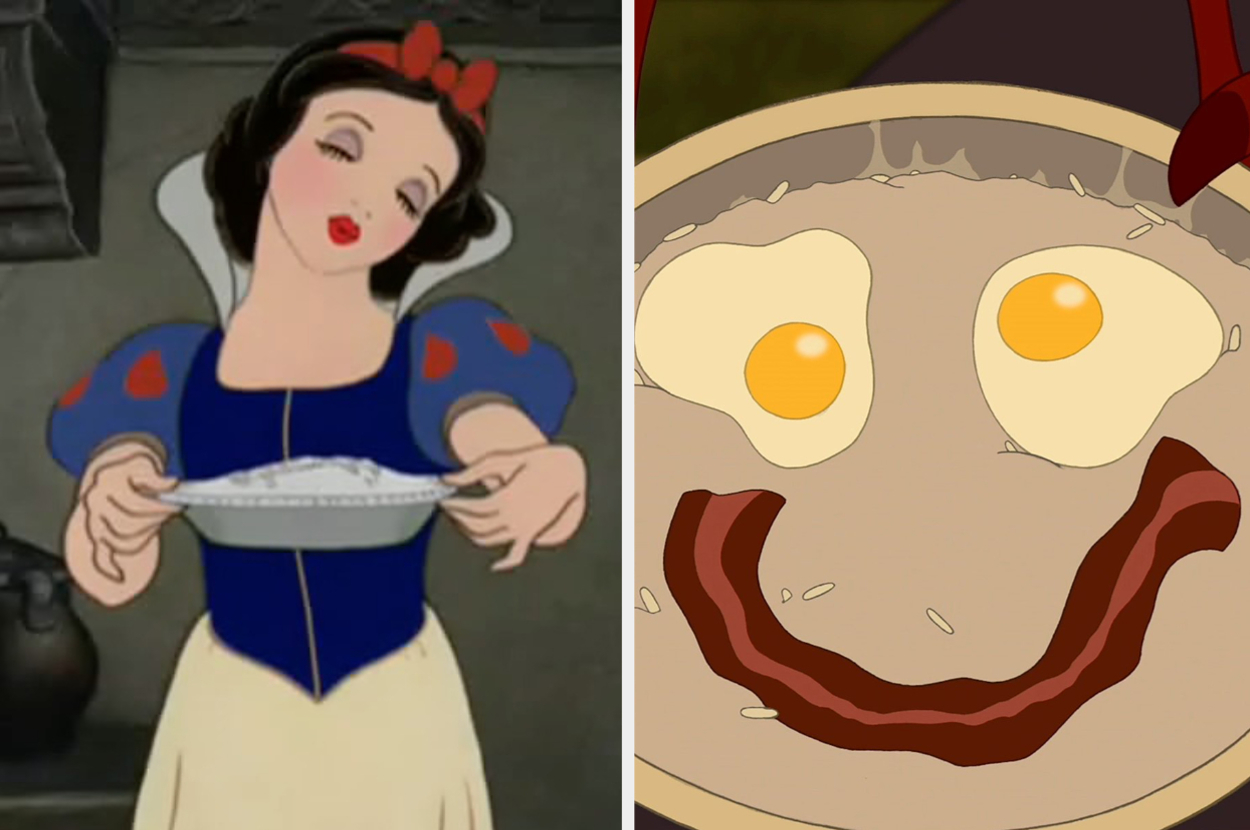
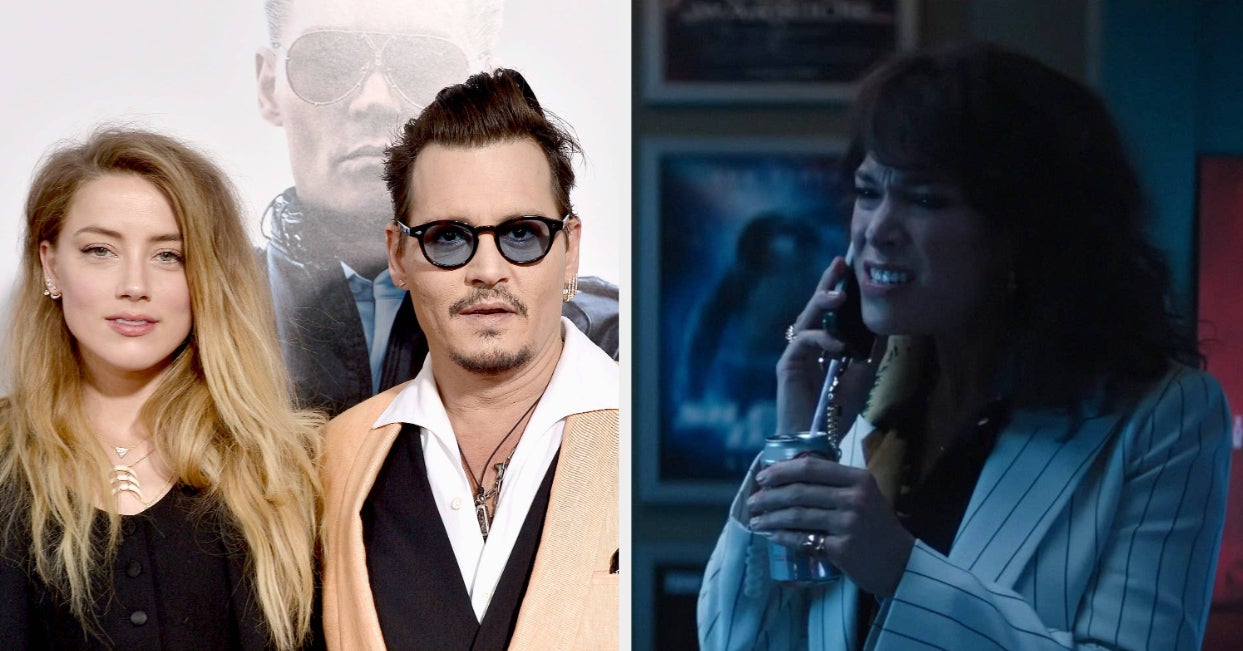
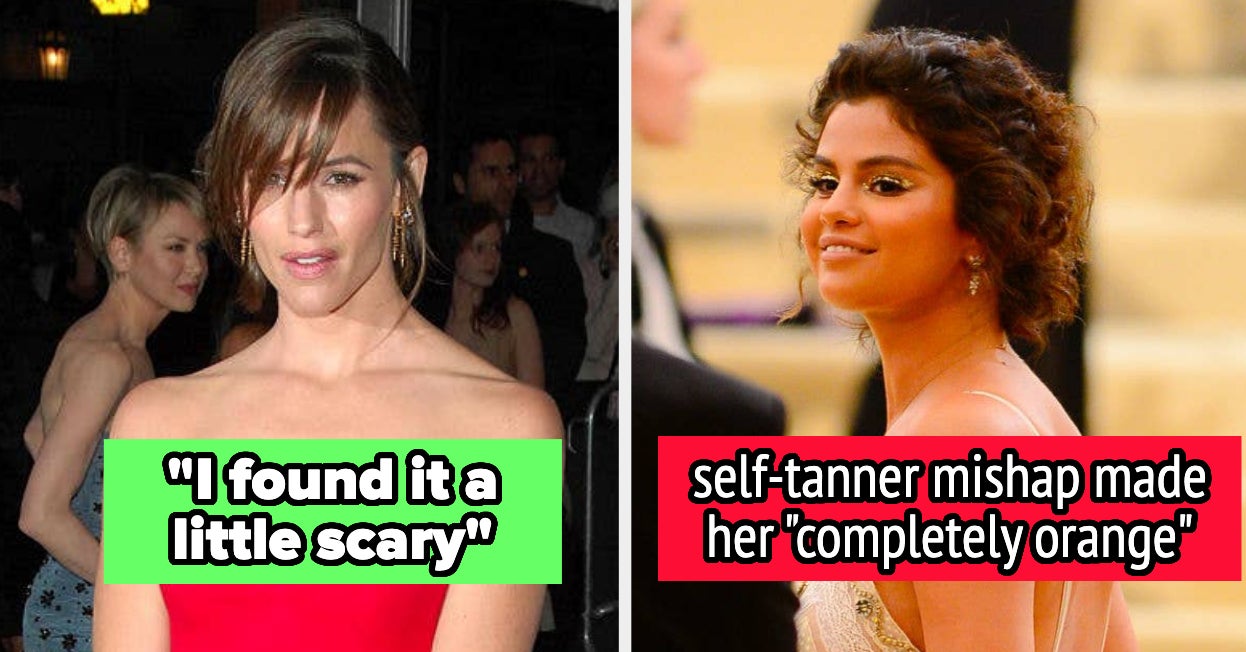


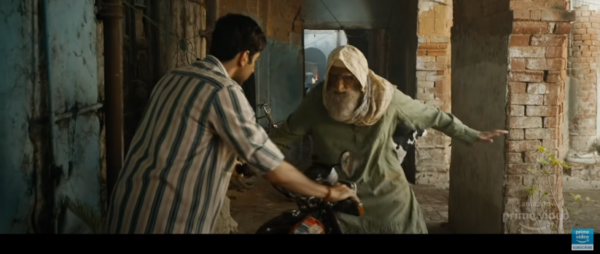


 Bengali (Bangladesh) ·
Bengali (Bangladesh) ·  English (United States) ·
English (United States) ·